Home>Technology>Home Entertainment Systems>How To Get TV Sound Through A Home Theater


Home Entertainment Systems
How To Get TV Sound Through A Home Theater
Published: February 15, 2024
Learn how to enhance your home entertainment experience by getting TV sound through a home theater. Discover the best ways to optimize your home entertainment systems for an immersive audio experience.
(Many of the links in this article redirect to a specific reviewed product. Your purchase of these products through affiliate links helps to generate commission for Storables.com, at no extra cost. Learn more)
Introduction
Are you ready to elevate your TV viewing experience to new heights? Imagine the immersive sensation of being enveloped in rich, cinematic sound while watching your favorite movies, shows, and sports events from the comfort of your living room. With a home theater system, you can transform your entertainment space into a captivating audio-visual haven.
By integrating your TV with a home theater system, you can enjoy crystal-clear sound and enhanced acoustics that rival the experience of a movie theater. Whether you're a cinephile seeking to replicate the magic of the silver screen or a sports enthusiast yearning for the roar of the crowd in your living room, a home theater system can make it all possible.
In this comprehensive guide, we will delve into the intricacies of connecting your TV to a home theater system, adjusting the settings for optimal performance, and troubleshooting common issues that may arise. By the end of this journey, you will be equipped with the knowledge and confidence to unlock the full potential of your home entertainment setup.
So, grab your remote, settle into your favorite spot on the couch, and get ready to embark on a thrilling audio-visual adventure. It's time to unleash the true power of your TV and home theater system, and immerse yourself in a world of unparalleled sound and visual splendor. Let's dive in and discover how to seamlessly integrate your TV with a home theater system to create an awe-inspiring entertainment hub right in your own home.
Key Takeaways:
- Elevate your TV experience by connecting it to a home theater system for immersive sound and visuals, just like a professional cinema, with simple steps and troubleshooting tips.
- Fine-tune TV and home theater settings to optimize audio-visual quality, and be prepared to troubleshoot common issues for uninterrupted entertainment bliss.
Connecting Your TV to Your Home Theater
Connecting your TV to a home theater system is the crucial first step in creating a captivating audio-visual experience. By seamlessly integrating these components, you can unlock the full potential of your entertainment setup. Here's a detailed guide on how to achieve this seamless connection:
1. Determine the Connection Method
Before diving into the physical connections, it's essential to determine the most suitable method for linking your TV to the home theater system. There are several options available, including HDMI, optical audio, and RCA cables. HDMI is the preferred choice for high-definition audio and video transmission, offering superior quality and convenience. However, if your TV or home theater system lacks HDMI ports, optical audio or RCA cables can serve as viable alternatives.
2. Locate the Audio Output on Your TV
Identify the audio output ports on your TV, which are typically located on the rear or side panel. Common audio output options include HDMI ARC (Audio Return Channel), optical audio, and analog audio outputs. The availability of these ports may vary depending on the TV model, so refer to the user manual for precise details.
3. Identify the Audio Input on Your Home Theater System
Next, locate the corresponding audio input ports on your home theater system. These ports are usually situated on the rear panel of the receiver or soundbar. Again, HDMI, optical audio, and analog audio inputs are the primary options to consider. Ensure that the home theater system has compatible input ports that align with the output ports on your TV.
Read more: How To Improve Home Theater Sound
4. Establish the Physical Connection
Once you've identified the output and input ports, it's time to establish the physical connection. If you're using HDMI cables, simply connect one end to the HDMI ARC port on your TV and the other end to the HDMI input on the home theater system. For optical audio or RCA connections, use the corresponding cables to link the TV's audio output to the home theater system's audio input.
5. Power On and Configure
After making the physical connections, power on your TV and home theater system. Access the TV's audio settings menu to ensure that the audio output is directed to the connected home theater system. Additionally, configure the home theater system to recognize the input source from the TV. This may involve selecting the appropriate input mode on the receiver or soundbar.
By following these steps, you can seamlessly connect your TV to a home theater system, paving the way for an immersive audio-visual experience that will redefine your entertainment pursuits.
Adjusting Settings on Your TV and Home Theater
Once you've successfully connected your TV to the home theater system, it's time to fine-tune the settings to optimize the audio-visual experience. By adjusting the settings on both the TV and home theater system, you can ensure that the sound and picture quality are finely tuned to deliver an immersive and captivating entertainment experience.
TV Settings Adjustment
-
Sound Output Selection: Access the audio settings menu on your TV and verify that the sound output is directed to the connected home theater system. This step ensures that the audio signals from the TV are transmitted to the home theater system for enhanced sound reproduction.
-
Audio Mode Selection: Many modern TVs offer various audio modes such as Standard, Movie, Music, and Sports. Experiment with these modes to determine which setting best complements your viewing preferences. For cinematic experiences, the Movie mode may enhance dialogue clarity and surround sound effects, while the Sports mode can amplify crowd noise and commentary during live events.
-
Picture Settings: While primarily focused on sound, optimizing the picture settings on your TV can significantly enhance the overall viewing experience. Adjust parameters such as brightness, contrast, color saturation, and sharpness to achieve a visually stunning display that complements the immersive audio from the home theater system.
Read more: What Is The Best Home Theater Sound System
Home Theater System Settings Adjustment
-
Audio Calibration: Many home theater systems offer built-in audio calibration features that analyze the acoustic characteristics of the room and optimize the sound output accordingly. Utilize this feature to ensure that the audio is tailored to the specific acoustics of your entertainment space, delivering balanced and impactful sound.
-
Surround Sound Configuration: If your home theater system supports surround sound, configure the speaker settings to align with your room layout. Adjust speaker distances, levels, and crossover frequencies to create a cohesive and enveloping audio environment that brings movies, music, and games to life.
-
Equalizer Settings: Explore the equalizer settings on your home theater system to fine-tune the audio frequencies according to your preferences. Whether you seek deep, rumbling bass or crisp, detailed highs, the equalizer allows you to customize the sound signature to suit your unique listening preferences.
By meticulously adjusting the settings on both your TV and home theater system, you can unlock the full potential of your entertainment setup, immersing yourself in a world of captivating sound and visuals that rival the experience of a professional cinema. With these optimizations in place, every viewing session becomes a mesmerizing journey into the heart of your favorite movies, shows, and live events.
Troubleshooting Common Issues
Encountering technical hiccups is a common aspect of managing home entertainment systems. When integrating your TV with a home theater system, it's essential to be prepared for potential challenges that may arise. By familiarizing yourself with common issues and their troubleshooting methods, you can swiftly address any disruptions to your audio-visual bliss.
-
No Sound from Home Theater System: If you're not hearing any audio from your home theater system after connecting it to the TV, start by checking the physical connections. Ensure that the cables are securely plugged into the correct ports on both the TV and the home theater system. Additionally, verify that the audio output settings on the TV are correctly configured to route the sound to the connected home theater system.
-
Audio Delay or Sync Issues: When the audio from the home theater system is out of sync with the video on the TV, it can detract from the immersive viewing experience. To address this, explore the audio settings on the TV or home theater system for options related to audio delay or synchronization. Adjusting these settings can help align the audio and video signals, restoring harmony to your audio-visual presentation.
-
Intermittent Audio Dropouts: If you experience sporadic interruptions in the audio playback, investigate potential sources of interference. Nearby electronic devices, wireless routers, or other wireless equipment may cause signal disruptions. Relocating these devices or the home theater system can mitigate interference and restore consistent audio playback.
-
Incompatible Audio Formats: Certain TV models and home theater systems may encounter compatibility issues with specific audio formats. If you notice that certain audio formats are not producing sound through the home theater system, consider updating the firmware or software of both the TV and the home theater system. This can resolve compatibility conflicts and ensure seamless audio playback across various formats.
-
Unresponsive Remote Control: If the remote control for the home theater system becomes unresponsive or erratic, check the batteries to ensure they are functional. Additionally, clear any obstructions between the remote and the system's receiver. If the issue persists, refer to the user manual for troubleshooting guidance specific to the remote control.
By addressing these common issues with patience and methodical troubleshooting, you can maintain the optimal functionality of your integrated TV and home theater system. With a proactive approach to resolving technical challenges, you can uphold the seamless audio-visual experience that transforms your living room into a captivating entertainment sanctuary.
Conclusion
In conclusion, the integration of your TV with a home theater system opens the gateway to a realm of unparalleled audio-visual immersion within the confines of your own living space. By following the steps outlined in this guide, you have embarked on a journey to elevate your entertainment experience to new heights.
Through the seamless connection of your TV to the home theater system, you have unlocked the potential for captivating soundscapes that breathe life into your favorite movies, shows, and live events. The meticulous adjustment of settings on both the TV and home theater system has allowed you to fine-tune the audio and visual parameters, ensuring that every viewing session is a mesmerizing odyssey into the heart of cinematic splendor.
As you navigate the landscape of home entertainment, it's essential to remain vigilant and prepared for potential technical challenges. By familiarizing yourself with common issues and their troubleshooting methods, you can swiftly address disruptions and uphold the seamless audio-visual experience that defines your home theater sanctuary.
Ultimately, the integration of your TV with a home theater system transcends mere convenience; it represents a gateway to a world of sensory delight and captivating storytelling. Whether you're delving into the depths of a gripping thriller, immersing yourself in the electrifying energy of a live sports event, or simply unwinding with your favorite music, the fusion of your TV and home theater system creates an oasis of entertainment that resonates with the magic of the big screen.
So, as you settle into your favorite spot on the couch, surrounded by the enveloping embrace of cinematic sound and stunning visuals, take a moment to savor the culmination of your efforts. You have transformed your living room into a captivating audio-visual haven, where every viewing experience is an invitation to embark on a spellbinding journey through the realms of imagination and emotion.
With the knowledge and insights gained from this guide, you are poised to revel in the full potential of your home entertainment system, creating cherished moments and unforgettable experiences that unfold in the embrace of captivating sound and visual splendor. Embrace the magic, and let your home theater system become the gateway to a world of endless entertainment possibilities.
Frequently Asked Questions about How To Get TV Sound Through A Home Theater
Was this page helpful?
At Storables.com, we guarantee accurate and reliable information. Our content, validated by Expert Board Contributors, is crafted following stringent Editorial Policies. We're committed to providing you with well-researched, expert-backed insights for all your informational needs.
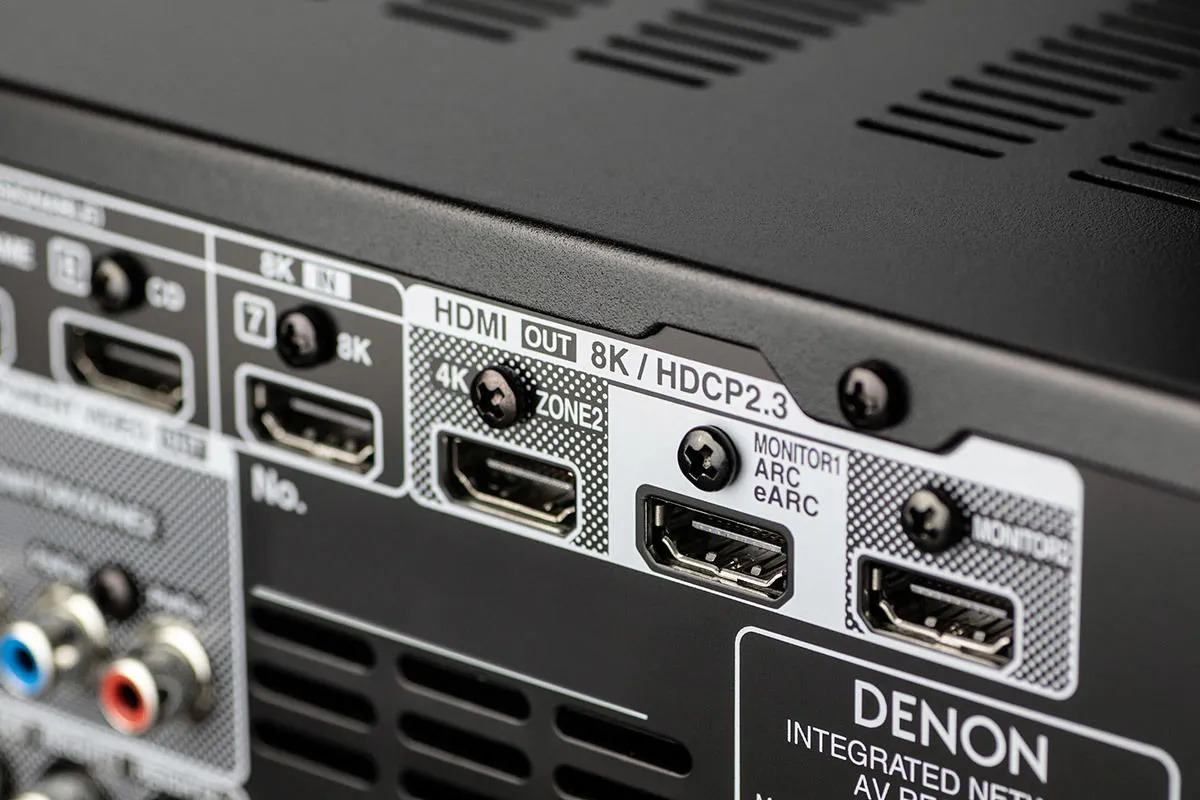
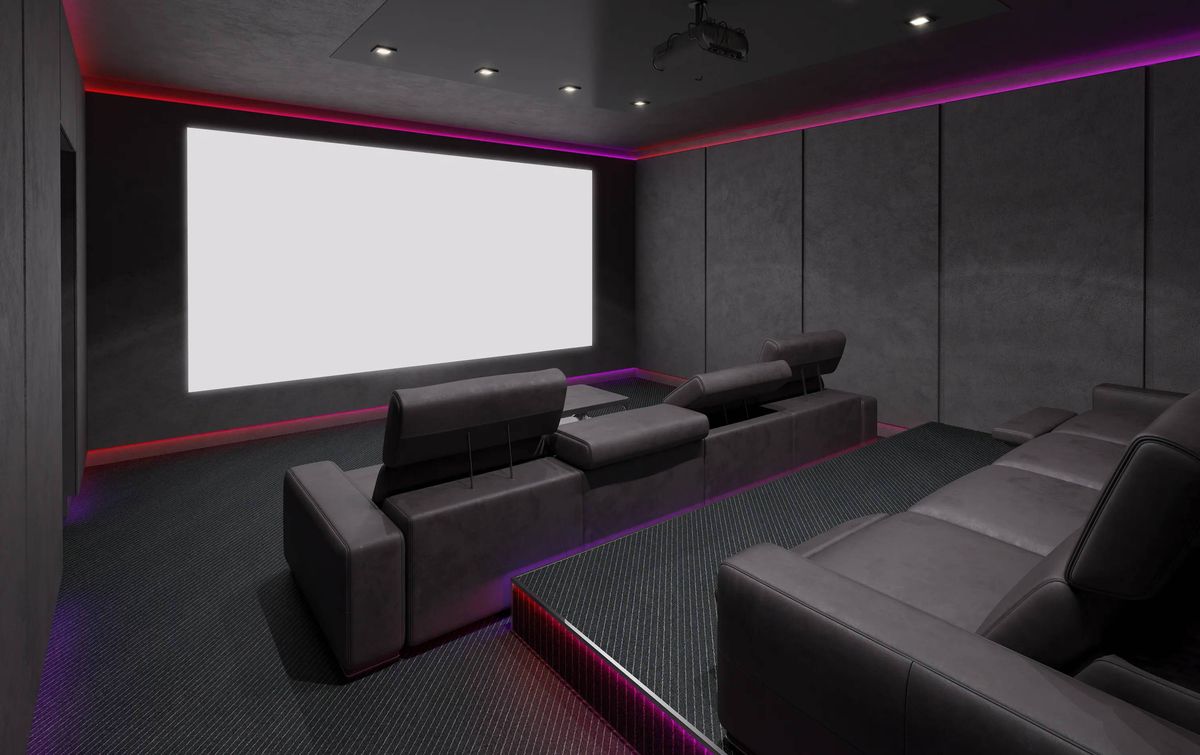
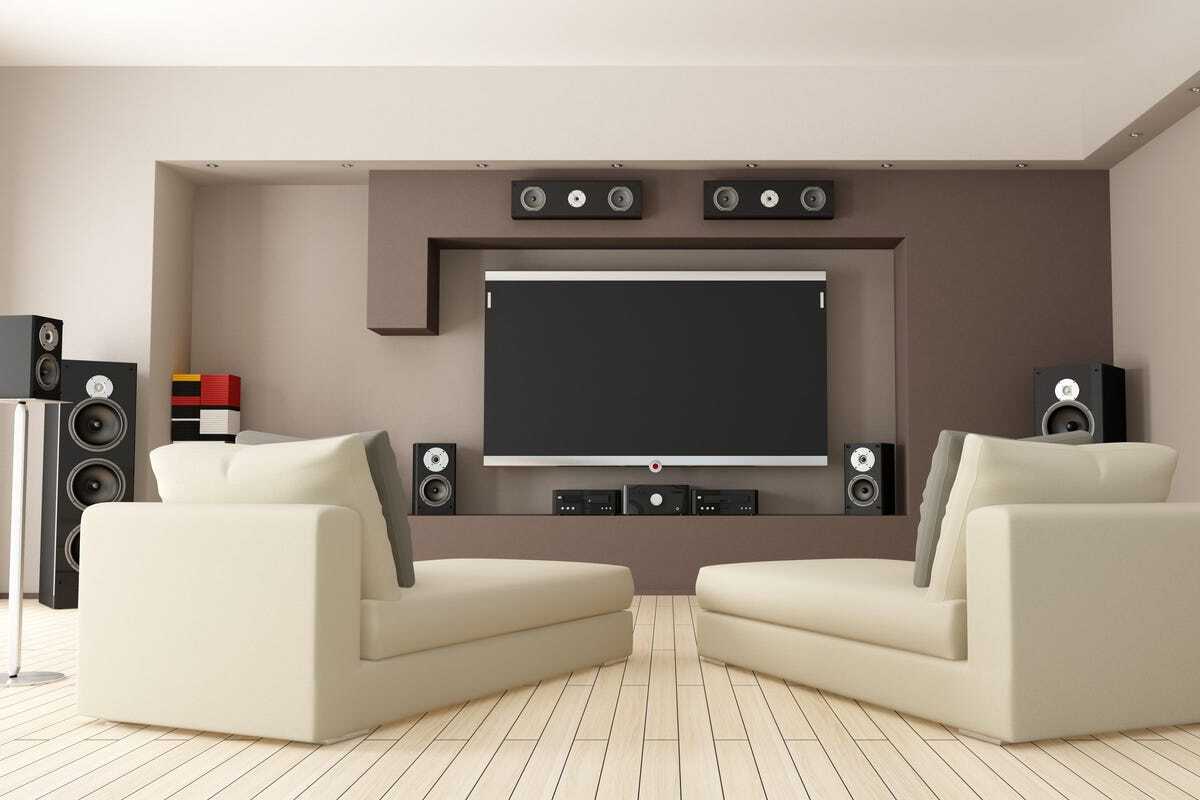
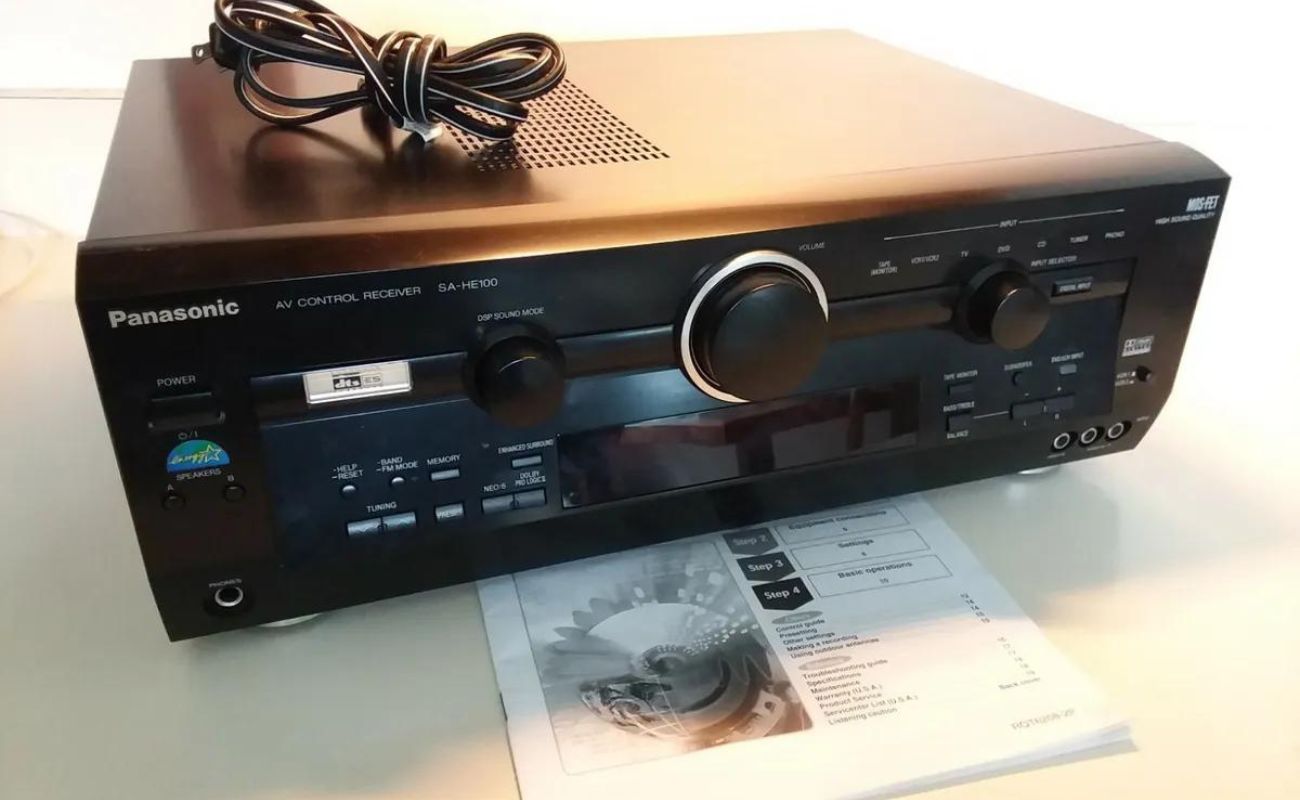
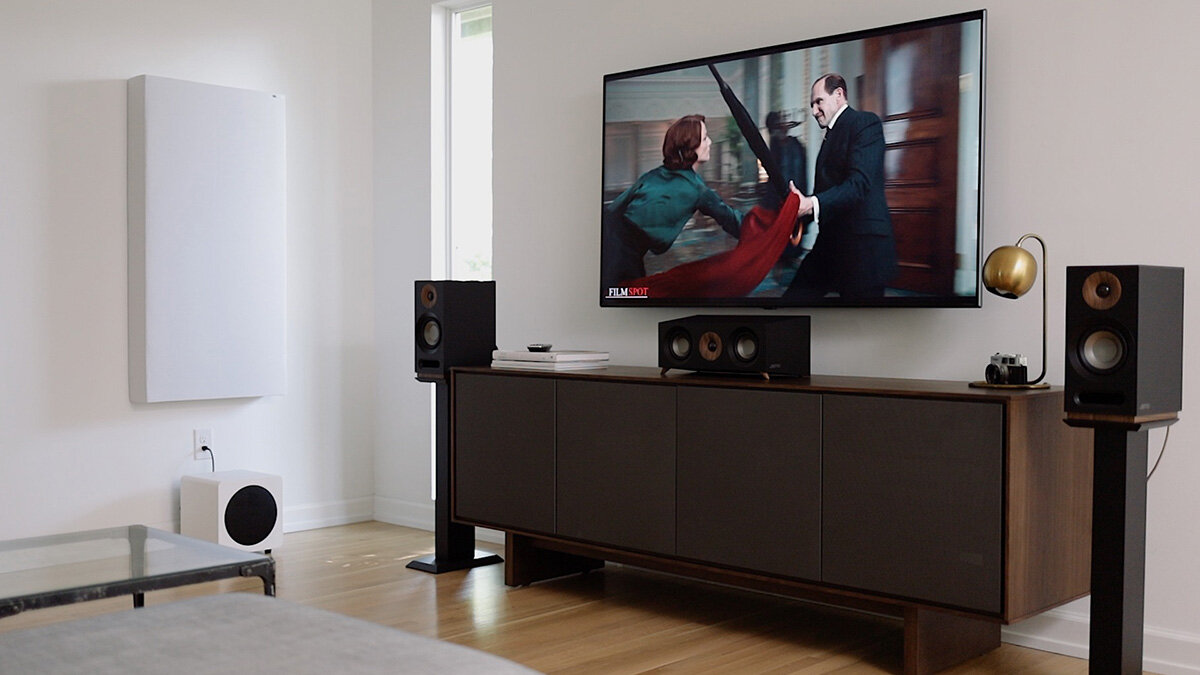
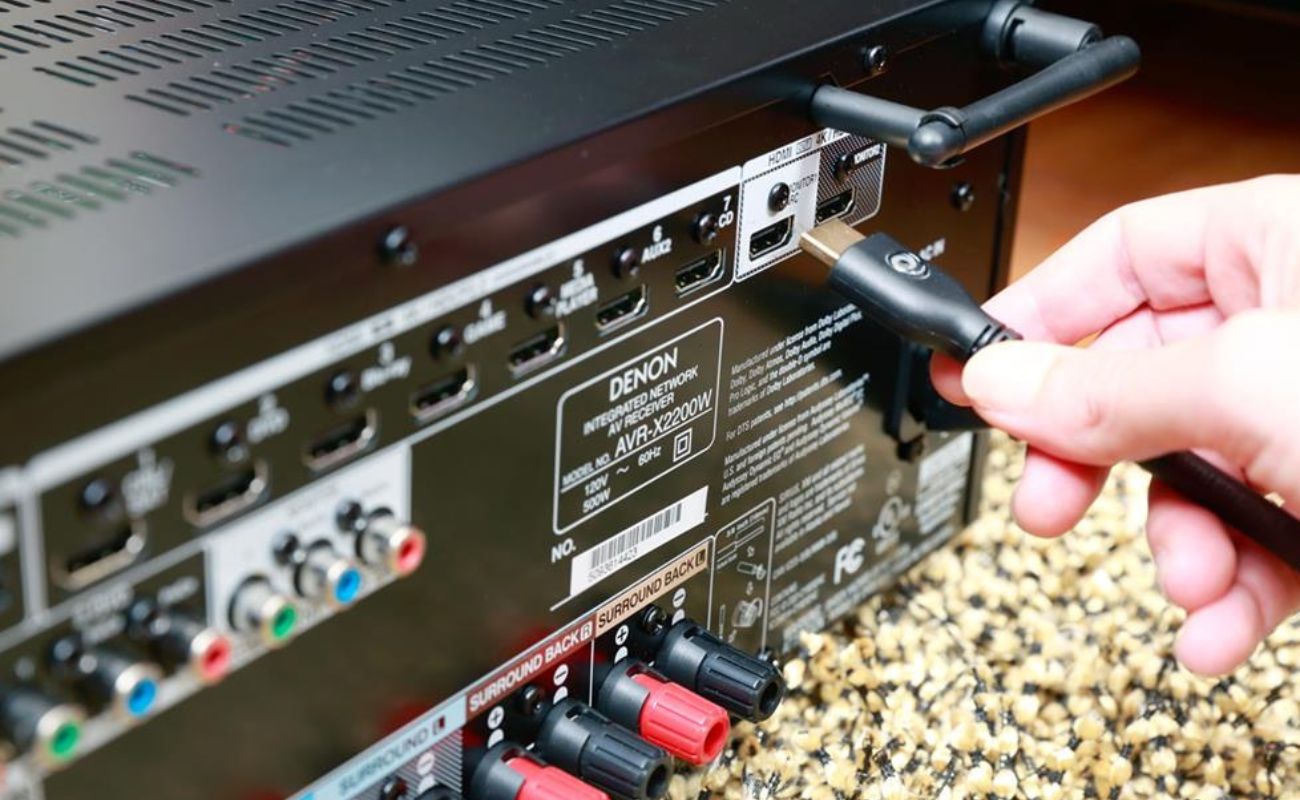
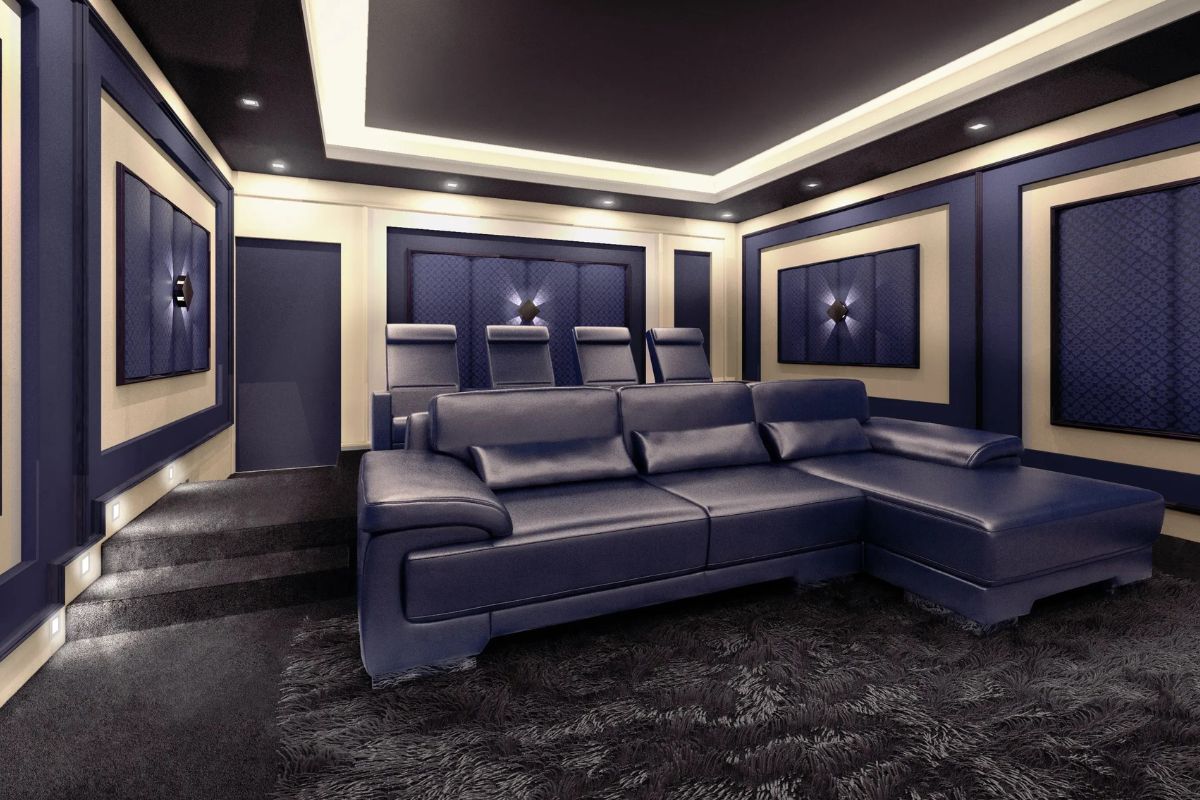
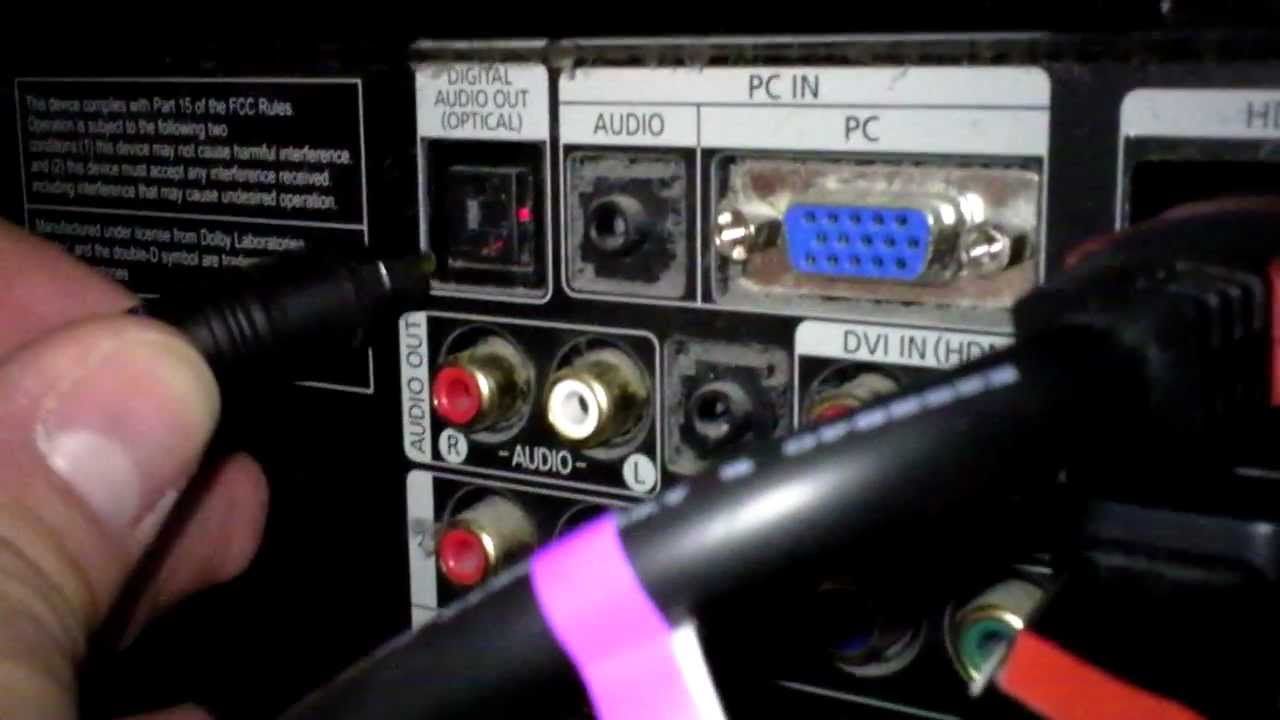
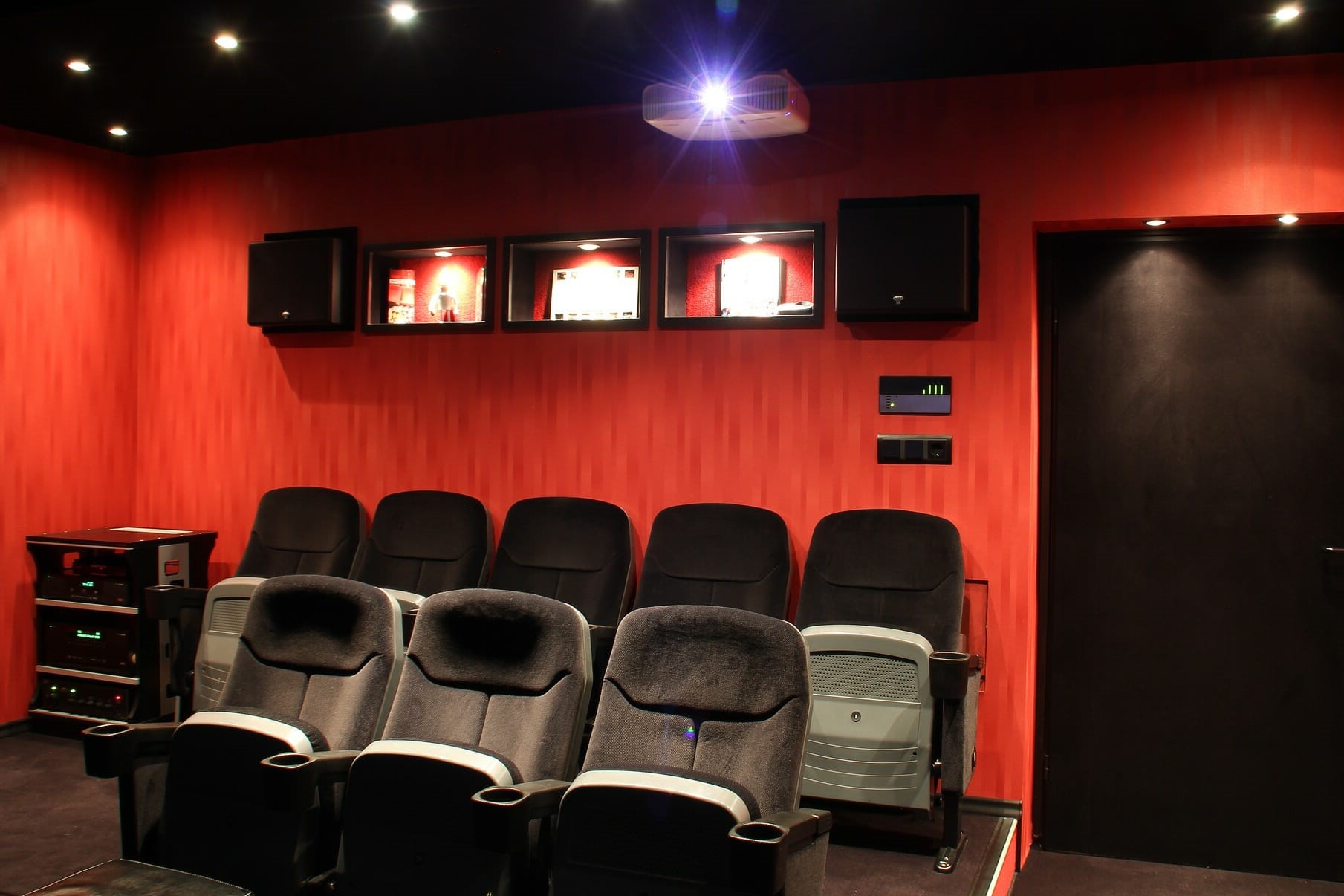
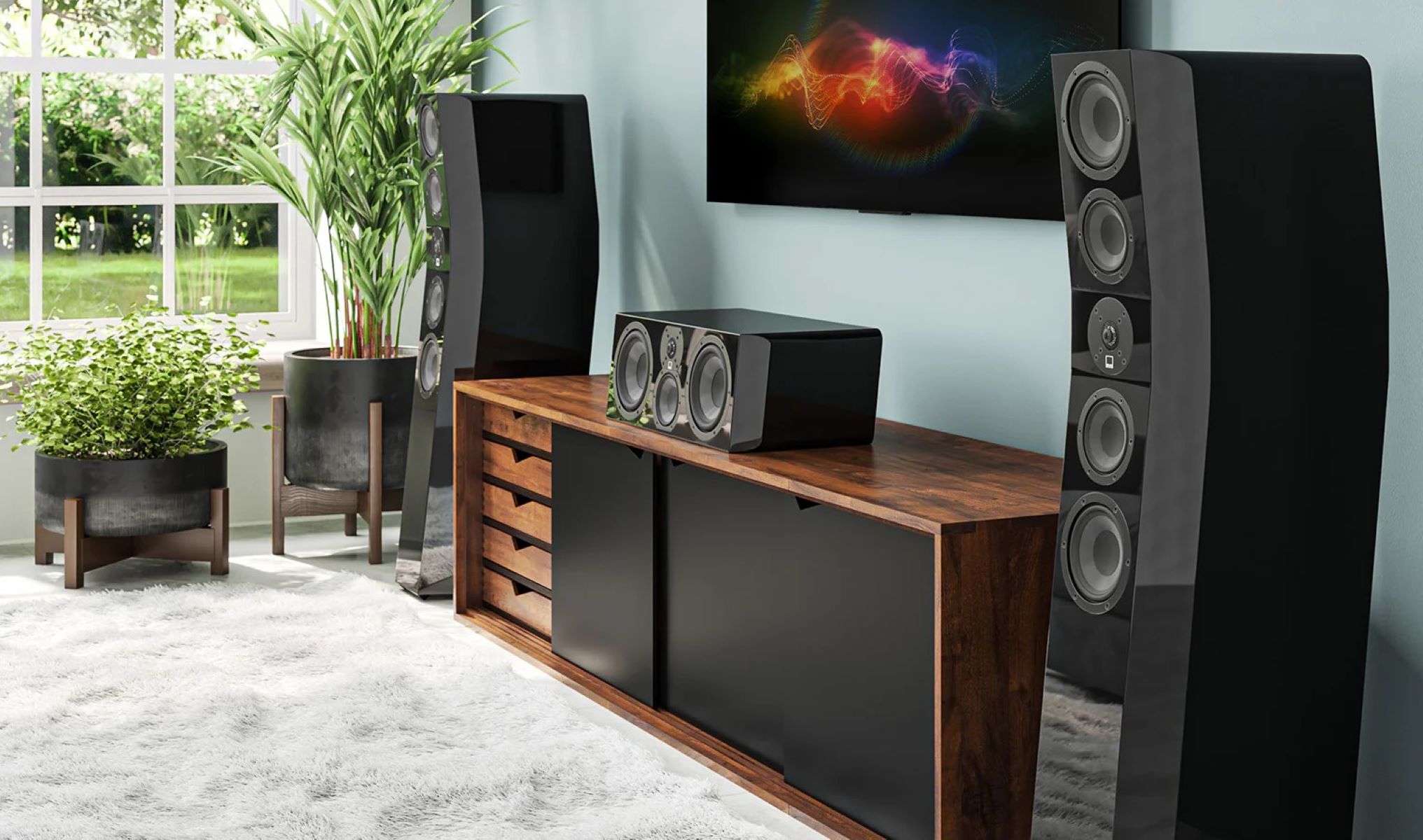
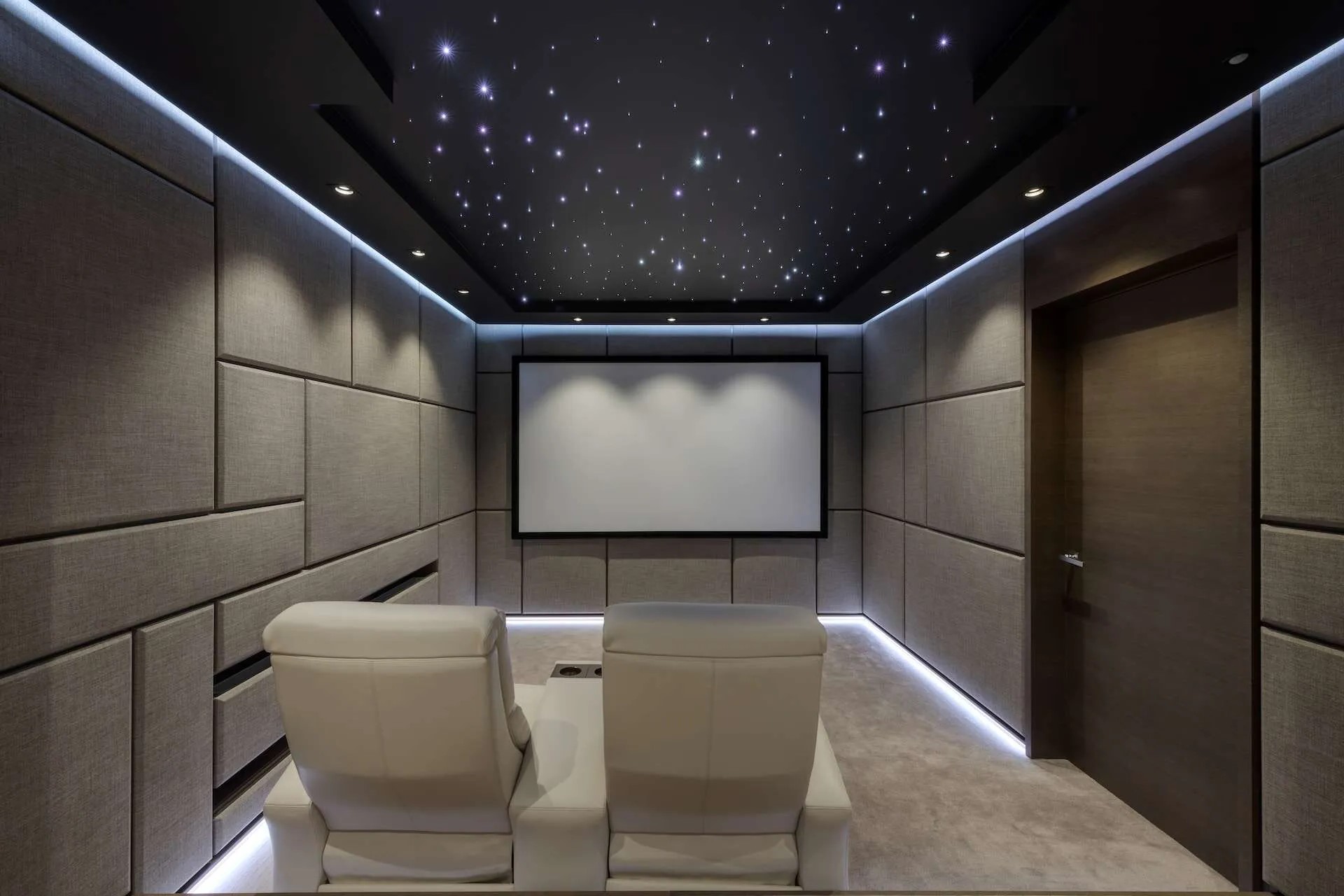
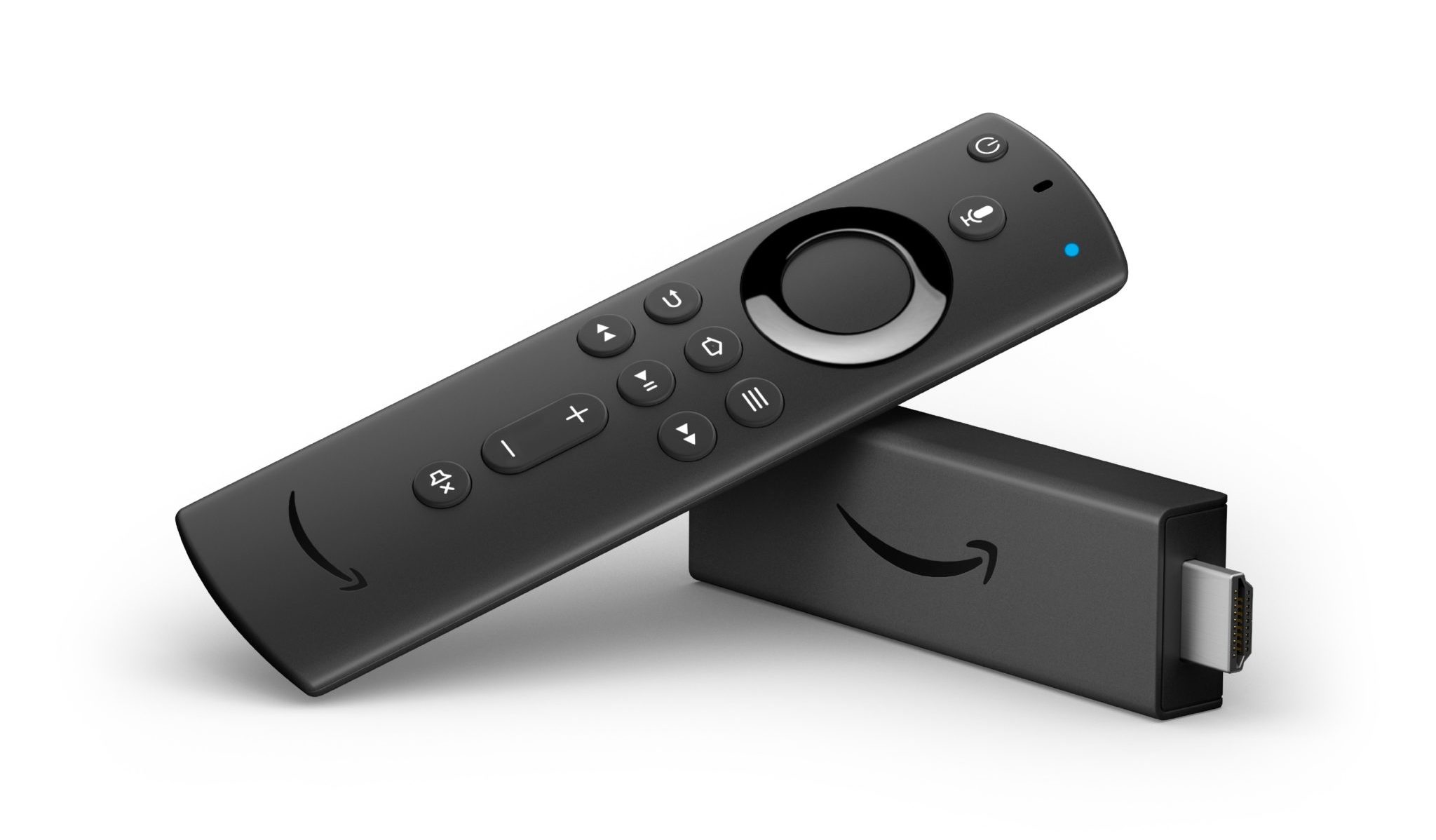
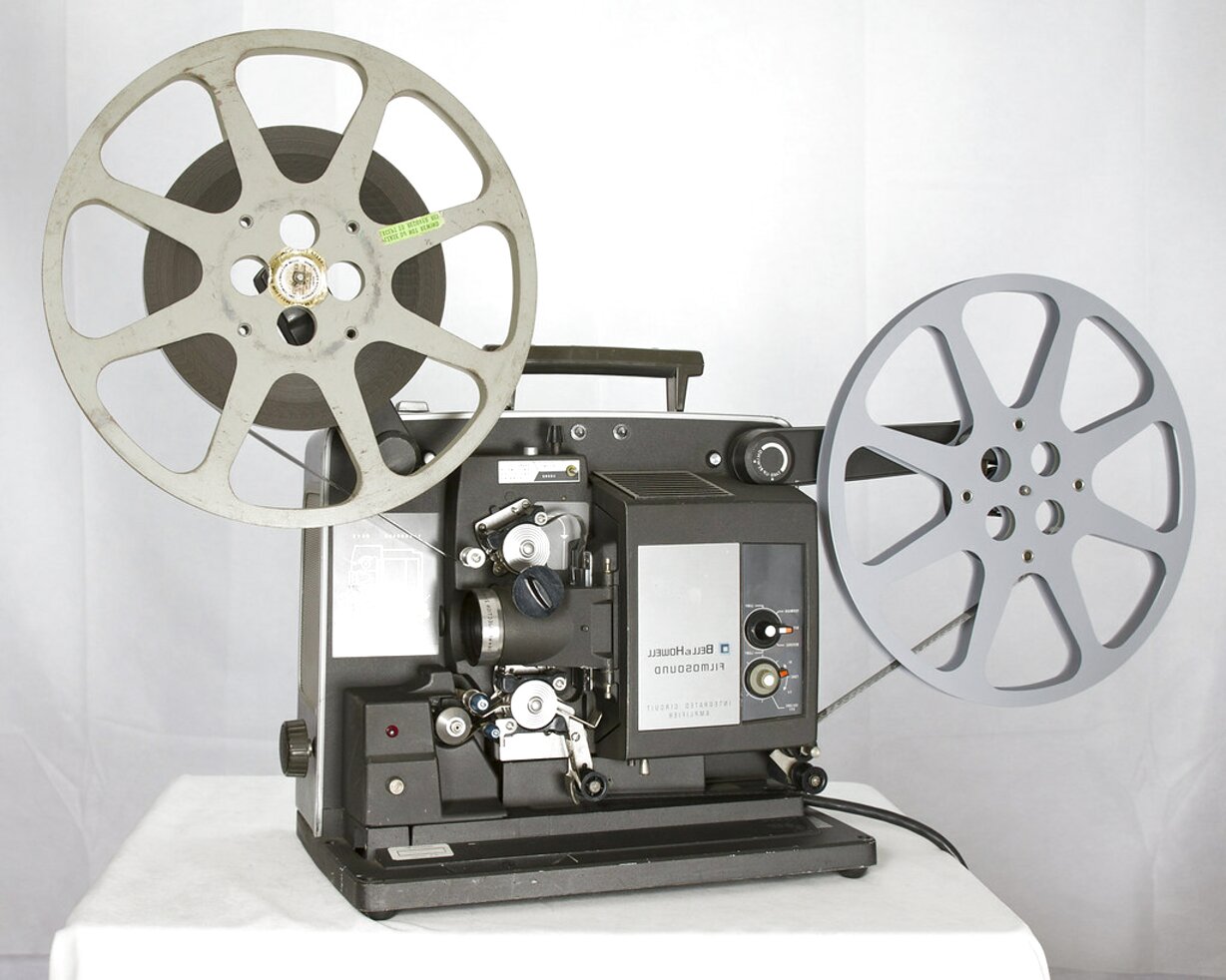

0 thoughts on “How To Get TV Sound Through A Home Theater”